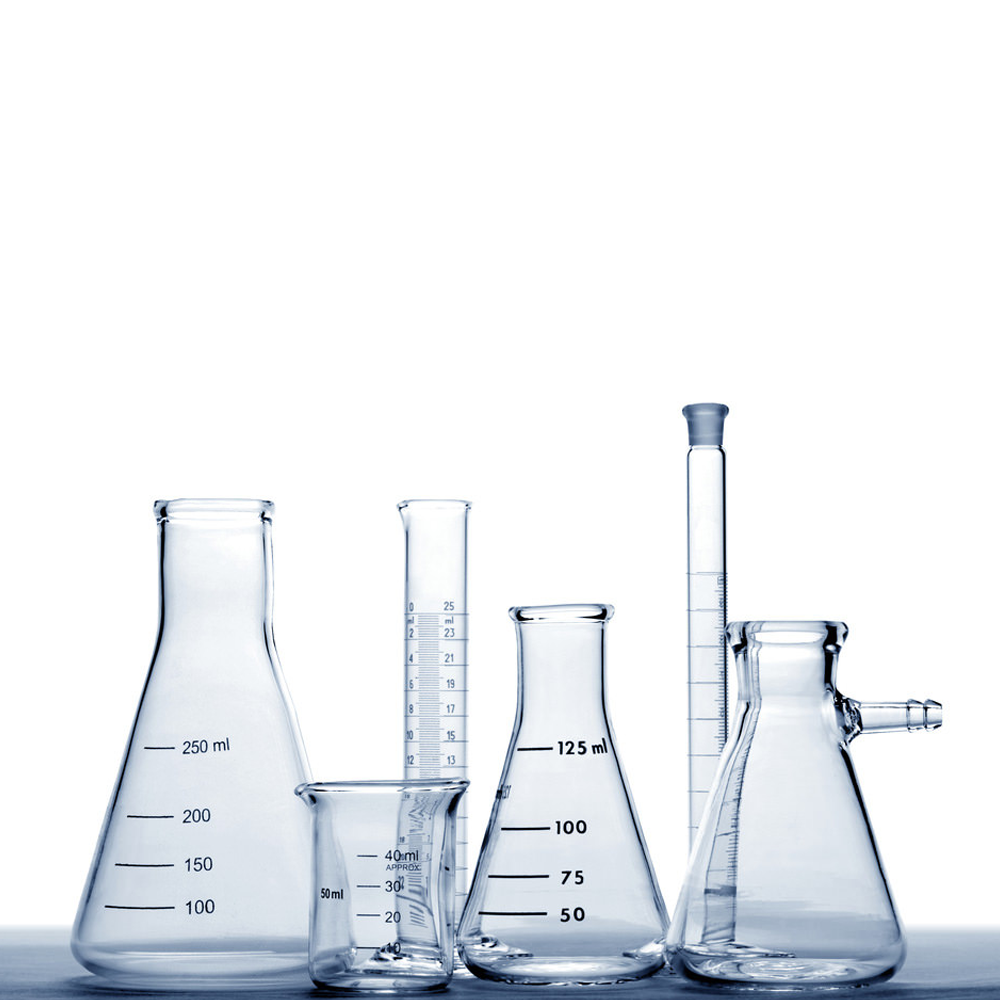
Be Sure Your Labware Glass and Chemicals are Compatible Before Buying
All labware material is not compatible with all chemicals. Buying the wrong labware for the chemicals you are using can not only break down the labware, but it could cause an undesirable chemical effect. Chemicals may affect the weight, strength, color, dimensions, flexibility, and surface appearance of labware material.
The basic models of interaction causing changes to labware are:Chemical attack on the polymer chain, with the resultant reduction in physical properties, including oxidation; the reaction of functional groups in or on the chain; and depolymerization.
Physical change including absorption of solvents resulting in softening and swelling of plastic; permeation of solvent through the plastic; or dissolution in a solvent.
Stress-cracking from the interaction of a [stress-cracking agent" with molded-in or external stresses.
The reactive combination of compounds or two or more classes may cause a synergistic or undesirable chemical effect. Other factors affecting chemical resistance include temperature, pressure, internal or external stresses (such as centrifugation), and length of exposure to and concentration of the chemical. As temperature increases, resistance to attack decreases.
Be sure to test each chemical before storing it in labware Vial.
Use our chemical compatibility database as a general guide to help you learn if the material of the labware you want to select is compatible with the chemicals you are using.
Learn more about caring for your glassware.
Also check for safety gloves and chemical compatibility.